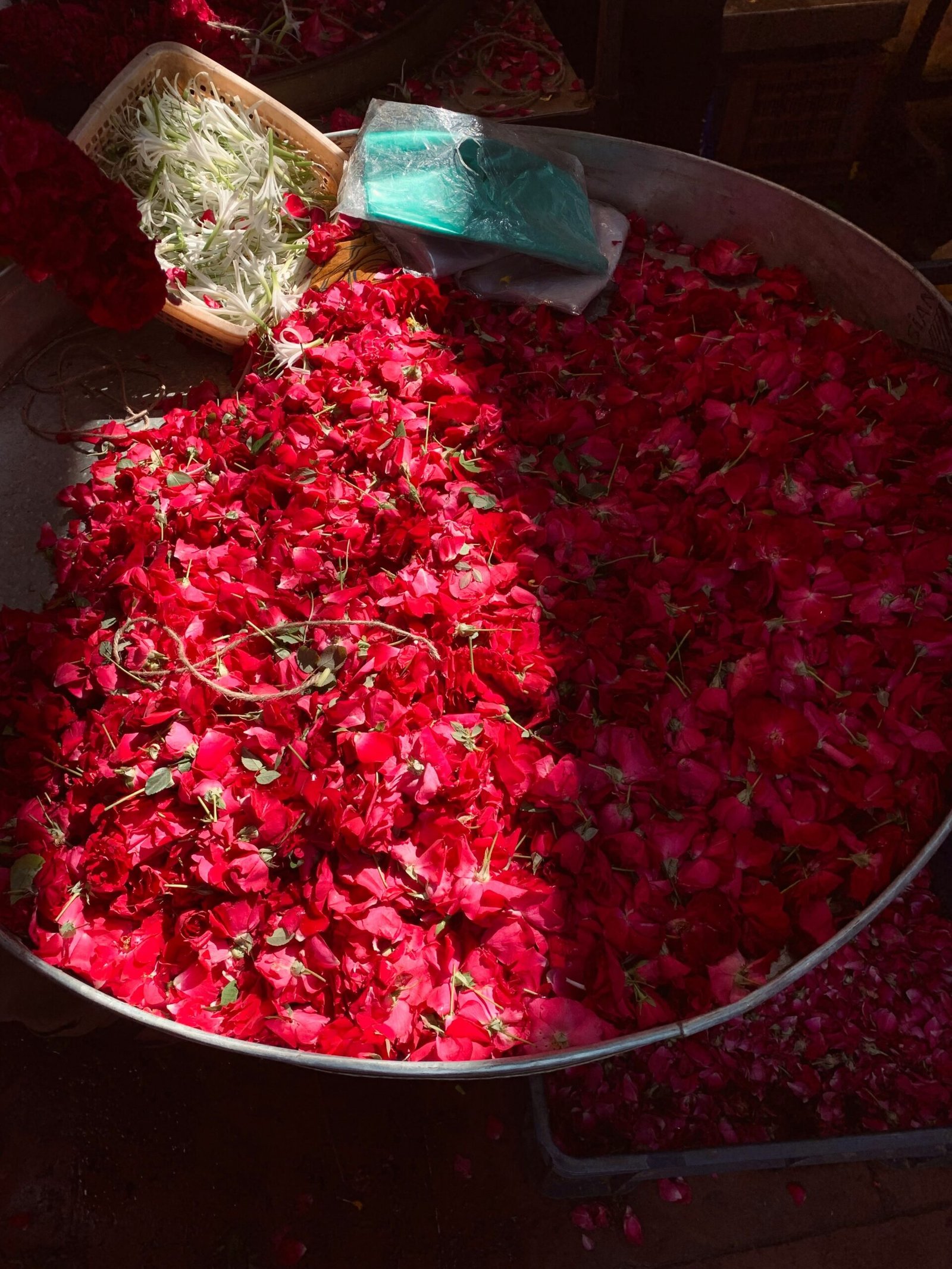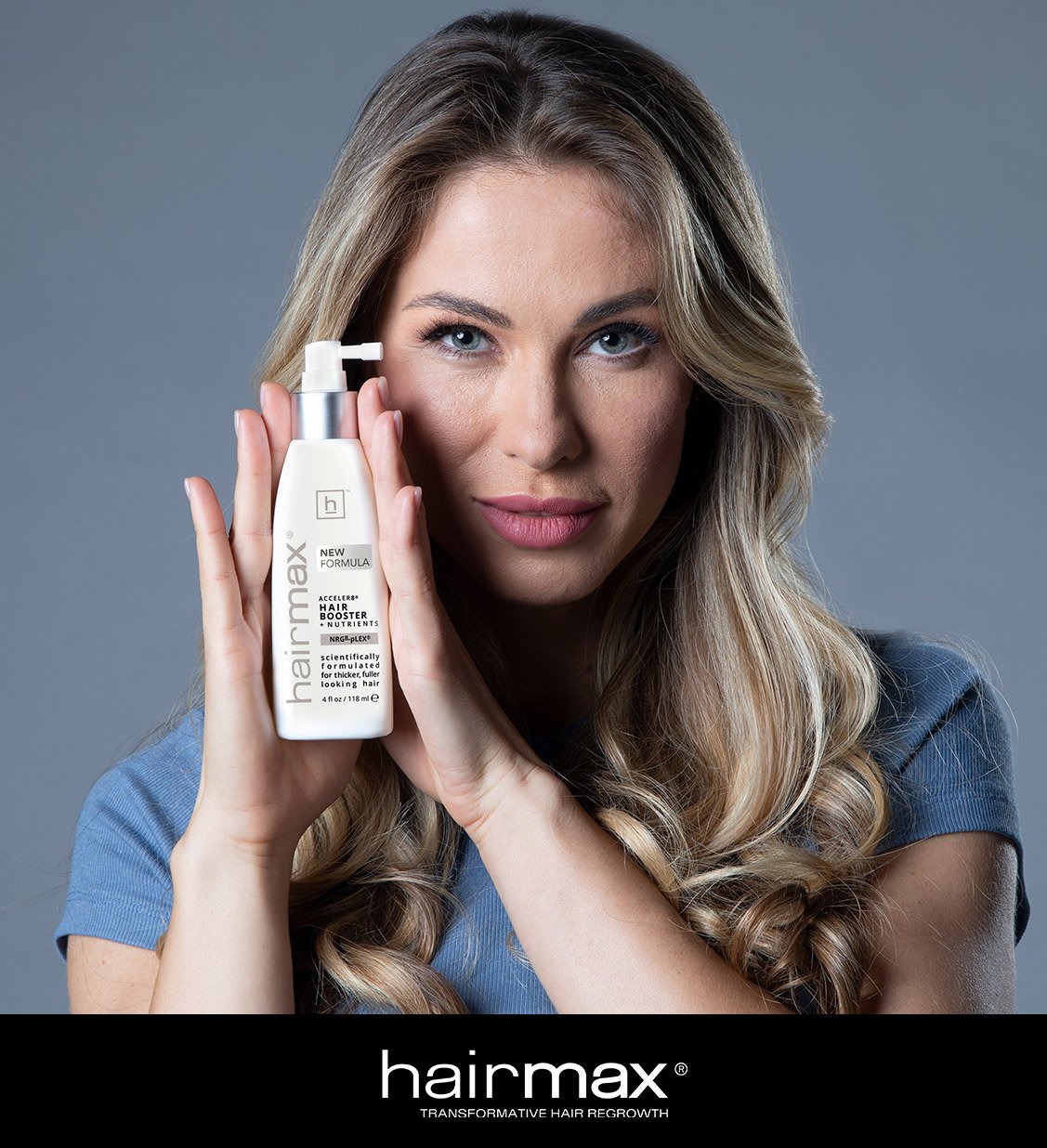
Introduction to the Chiang Mai Flower Festival
The Chiang Mai Flower Festival stands as a vibrant celebration of nature’s beauty and the rich cultural heritage of Thailand. Held annually in the first week of February, this festival transforms the city into a colorful spectacle adorned with an array of floral displays. Originating in 1977, the event has grown from modest beginnings into one of the premier floral festivals in Southeast Asia, attracting both locals and international tourists. Its significance extends beyond mere aesthetics, as the festival serves as a platform for showcasing local craftsmanship, floral artistry, and the cherished traditions of the region.
This festival not only highlights the exquisite beauty of flowers but also reflects the deep-rooted relationship between nature and Thai culture. The carefully curated floral arrangements, often inspired by traditional Thai motifs, exemplify the artistry and diligence of local florists and artisans. Streets lined with intricate floral displays offer visitors a visual feast, encapsulating the essence of Chiang Mai’s botanical diversity. Moreover, the festival is intertwined with various cultural events, including parades featuring ornate floats decorated with flowers, traditional music and dance performances, and contests highlighting the best floral arrangements, which further enrich the experience.
The Significance of Floral Fashion
The incorporation of floral motifs into clothing has long been a significant aspect of Thai culture, particularly highlighted during events such as the Chiang Mai Flower Festival. This celebration not only showcases the beauty of blossoms but also emphasizes the cultural importance of floral fashion. Traditional Thai garments, such as the “chut thai,” often feature intricate floral patterns that serve both aesthetic and symbolic purposes.
Floral designs in clothing are rich in meaning, representing prosperity, beauty, and a profound connection to nature. In Thai culture, flowers are viewed as auspicious signs, often associated with good fortune and positive energy. When these floral themes are woven into garments, they enhance the wearer’s elegance while reinforcing the cultural idea that clothing can serve as both personal expression and a tribute to nature’s bounty.
During the Chiang Mai Flower Festival, participants wearing these vivid floral designs become living embodiments of nature’s splendor, celebrating not just the beauty of flowers but also the artistry of traditional crafts. The patterns often draw inspiration from the diverse array of local flora, capturing a sense of place and heritage. As visitors admire these garments, they are reminded of the broader significance of flowers within Thai culture, extending beyond mere decoration to encompass themes of life, growth, and regeneration.
Moreover, floral fashion exemplifies the harmony between man-made creations and the natural environment, illustrating how cultural traditions can evolve while still honoring the foundations laid by previous generations. Through these intricately designed garments, the Chiang Mai Flower Festival provides an opportunity to celebrate not only the floral wealth of the region but also the beauty of Thai identity through fashion. This enduring connection between flowers and clothing encapsulates the essence of the festival and reinforces the importance of floral motifs in cultural expression.
Trends in Floral Fashion Styles
The Chiang Mai Flower Festival showcases an array of floral fashion styles that not only highlight the colors and vibrancy of the event but also reflect current fashion trends. One prominent style observed is the bohemian look, characterized by flowing fabrics, earthy tones, and eclectic patterns. Floral prints are prominently featured in this style, merging nature with artistry. Designers are increasingly using sustainable materials to create lightweight garments that allow both comfort and transition between day and night events during the festival.
Modern floral fashion, on the other hand, adopts a more minimalist approach. It tends to emphasize bold floral patterns while maintaining clean lines and structured silhouettes. This style resonates well with contemporary aesthetics, employing techniques like digital printing to create striking designs that are both eye-catching and unique. Accessories, such as floral handbags and statement shoes, augment modern outfits, allowing for subtle nods to nature without overwhelming the ensemble.
Traditional Thai fashion continues to hold a significant presence at the festival, showcasing intricate craftsmanship and cultural heritage. Clothing styles often incorporate traditional patterns or fabrics adorned with delicate flower motifs. Festival attendees often enhance their outfits with accessories influenced by local design, such as handcrafted jewelry and traditional headpieces that reflect the floral theme. This blend of modernity and tradition illustrates the versatility of floral fashion, as it appeals to a wide range of personal styles.
Furthermore, makeup trends observed at the festival feature floral-inspired elements, including vibrant colors and floral patterns on the face. This artistic expression is an excellent way for festival-goers to complement their outfits while celebrating the event’s theme. Overall, the Chiang Mai Flower Festival serves as a vibrant canvas that inspires floral fashion trends, showcasing how nature can be seamlessly integrated into clothing, accessories, and beauty.
Intricate Floral Accessories
Accessories play a pivotal role in elevating floral-themed outfits, particularly in the vibrant atmosphere of the Chiang Mai Flower Festival. This annual event not only showcases an incredible array of blooms but also serves as a platform for fashion enthusiasts to express their creativity through the imaginative use of floral accessories. Among the various items that embellish outfits, hairpieces, jewelry, bags, and shoes are particularly noteworthy for their ability to complement and enhance the overall aesthetic.
Hairpieces adorned with flowers are a prominent feature during the festival. From delicate floral crowns to intricate hair combs embellished with fresh blooms, these accessories are ideal for adding a whimsical touch to any ensemble. Such adornments are not only visually appealing but also promote a sense of connection to nature, mirroring the festival’s celebration of flora. Many attendees choose to create unique hairpieces that reflect their personal style, often incorporating locally sourced flowers that resonate with the region’s vibrant floral heritage.
Jewelry is another essential accessory that amplifies the floral theme. Earrings, necklaces, and bracelets inspired by floral motifs can be seen throughout the festival, often crafted from materials such as resin, metal, or gemstones that resemble the natural beauty of flowers. These pieces serve to bridge the gap between fashion and nature, encapsulating the essence of the festival in a wearable format. By integrating floral patterns and designs, wearers can express a love for blossoms while enhancing the visual appeal of their outfits.
Additionally, bags and shoes adorned with floral patterns or designs are fundamental to completing a floral-themed look. From tote bags featuring hand-painted floral designs to sandals embellished with fabric flowers, these accessories provide functionality while reinforcing the aesthetic theme. The interplay between clothing and accessories allows festival-goers to showcase their individuality, creativity, and appreciation for the artistry found within floral motifs.
Showcasing Local Designers and Artisans
Chiang Mai Flower Festival serves as a vibrant platform that beautifully marries the artistry of flowers with the creativity of local designers and artisans. Each year, these talented individuals bring their unique perspectives to the festival, showcasing floral-inspired attire that reflects both heritage and contemporary trends. Many of the featured creations incorporate local flora, transforming the beauty of natural elements into wearable art. Designers often draw inspiration from the rich biodiversity of Northern Thailand, making each piece not only a fashion statement but also a tribute to the region’s natural environment.
Interviews with several prominent local designers reveal their dedication to merging traditional crafting techniques with modern aesthetics. For instance, some artisans use time-honored methods, such as hand-weaving and embroidery, which have been passed down through generations. These artisans often emphasize the importance of preserving these techniques, ensuring that they resonate with younger audiences who are increasingly drawn to sustainable and ethically made clothing. By thoughtfully blending these traditional methods with contemporary designs, they are not only revitalizing old practices but also making them relevant in today’s fast-paced fashion world.
A notable feature of the festival is the emphasis on sustainability. Many designers prioritize eco-friendly materials and processes, further highlighting their commitment to the environment. This aligns with a broader trend in the fashion industry, where ecological considerations are becoming paramount. Stories of how these artisans innovate while maintaining sustainability are encouraging, as they demonstrate that fashion can be both beautiful and responsible. As we celebrate the artistry at the Chiang Mai Flower Festival, the local designers and artisans play a vital role in weaving together narratives of tradition, innovation, and ecological awareness into the tapestry of floral fashion.
Photography and Social Media Trends
The Chiang Mai Flower Festival has emerged as a vibrant backdrop for fashion photography, captivating both local and international audiences. As attendees gather to celebrate the floral extravaganza, they increasingly seize the opportunity to showcase their unique styles against the stunning scenery. Fashion enthusiasts have recognized the importance of visually appealing content for social media platforms, particularly Instagram, which thrives on aesthetic presentation. Festival-goers meticulously curate their outfits to reflect both individual flair and the enchanting environment, seamlessly blending floral motifs with contemporary fashion trends.
The festival’s lively atmosphere enhances the allure of social media storytelling. As influencers and casual visitors alike document their experiences, they contribute to a visual narrative that encapsulates the ebullience of the event. The art of combining flowers with clothing not only elevates personal style but also encourages creativity through engagement with floral patterns and vibrant colors. This growing trend emphasizes the significance of location in fashion photography, as the festival serves as a picturesque realm that beckons individuals to express themselves through their clothing choices.
Moreover, the influence of social media extends beyond personal identity, shaping fashion trends on a larger scale. With hashtags specifically related to the Chiang Mai Flower Festival gaining traction, many fashion brands and designers are inspired to create collections that resonate with the festival’s essence. The interplay between floral displays and fashion photography fosters a dynamic environment where tradition and modernity coexist, ultimately enhancing the overall experience for both participants and viewers. This evolving relationship between fashion and social media at the Chiang Mai Flower Festival signifies a broader movement within the industry, where visual storytelling has become an essential component of personal branding in today’s digital landscape.
Eco-Friendly Fashion Choices
The Chiang Mai Flower Festival serves not only as a celebration of vibrant flora but also as a platform for showcasing sustainable and eco-friendly fashion choices. This growing trend reflects a deeper awareness of the environmental impact of clothing and accessorization, encouraging both designers and attendees to adopt more sustainable habits. As the festival has evolved, the integration of natural materials into fashion has become increasingly prevalent. Designers are gravitating towards organic fabrics, such as cotton, linen, and hemp, which are not only biodegradable but also contribute to reduced chemical usage in agriculture. This shift helps promote healthier ecosystems while maintaining textile quality.
Moreover, the ethical sourcing of flowers has taken center stage during the festival. Many fashion designers draw inspiration from the local flora, using flowers that are sourced sustainably and harvested in a manner that ensures minimal harm to their natural environments. This practice highlights the importance of responsible resource management and has led to collaborations between floral artisans and fashion creators, celebrating both aesthetics and sustainability.
Notably, some designers feature garments adorned with dried or pressed flowers, illustrating creativity and environmental mindfulness. Such innovations further emphasize the importance of reducing waste and utilizing biodegradable materials in fashion. Furthermore, it is becoming increasingly common to see eco-friendly labels proudly displayed at the festival, indicating that the designers adhere to strict sustainability principles. These include fair labor practices and transparent production processes, allowing consumers to make informed decisions about their clothing purchases.
As the Chiang Mai Flower Festival continues to develop, the emphasis on eco-friendly fashion choices is expected to grow. This movement not only honors the beauty of the natural world but also contributes to sustainable practices that align with a more environmentally conscious society. By encouraging such practices, the festival plays a crucial role in promoting a balance between fashion and nature.
Tips for Creating Your Own Floral-Inspired Outfits
Incorporating floral elements into your wardrobe can be an enjoyable and creative endeavor, particularly inspired by the vibrant aesthetics of events like the Chiang Mai Flower Festival. Here are some practical tips to help you craft your own floral-inspired outfits.
First, consider mixing patterns to create visual interest. Pairing floral prints with stripes or polka dots can yield dynamic results. To achieve a harmonious look, select patterns that share a common color or similar intensity. This way, both prints can coexist without clashing, allowing your floral pieces to shine while maintaining balance in your outfit.
Choosing the right color palette is also essential. Soft pastel tones evoke a sense of gentleness and romance, while bold, vivid hues can add energy and enthusiasm. When selecting colors, think about the overall vibe you wish to convey. For a casual day out, opt for lighter hues, while a more celebratory evening event may benefit from richer, deeper tones. Incorporating colors found in the flowers at the festival, such as fuchsia, yellow, and lavender, can also provide a lovely connection to the theme.
Accessorizing thoughtfully plays a significant role in enhancing your floral-inspired outfits. Consider incorporating floral accessories such as handbags, scarves, or statement jewelry. These can serve as focal points and complement your outfit without overwhelming it. Additionally, remember that footwear should match the overall aesthetic – feminine details like embroidered sandals or floral-patterned sneakers can provide a cohesive look.
Finally, when selecting clothing inspired by festival aesthetics, consider flowy silhouettes and lightweight fabrics, as they echo the organic nature of flowers. Dresses, skirts, and tops adorned with floral prints can create a harmonious representation of nature and style. By utilizing these tips, you can craft outfits that celebrate floral inspiration while expressing your personal style.
Conclusion: The Future of Floral Fashion at Festivals
As we have explored the intricate relationship between floral design and fashion at the Chiang Mai Flower Festival, it is evident that this interplay will continue to evolve, embracing both tradition and modernity. The festival serves not only as a showcase for horticultural beauty but also as a platform for expressing personal and cultural identity through clothing. Moving forward, the future of floral fashion at this annual celebration promises to blend established practices with innovative ideas that resonate with diverse audiences.
One of the key trends we anticipate is the increasing emphasis on sustainability in both floral and fashion choices. Designers may increasingly prioritize eco-friendly materials and ethically sourced flowers, reflecting a broader global movement towards environmental responsibility. This fusion of sustainability and aesthetic appeal can potentially create unique and meaningful representations of floral fashion, solidifying its status as an important vehicle for promoting awareness and appreciation of nature.
Furthermore, as cultural exchange becomes more pronounced in global festivals, we can expect an infusion of styles from different traditions. The Chiang Mai Flower Festival will likely continue to attract international participants who will contribute their unique floral interpretations, enriching the palette of fashion on display. This cultural blend can lead to exciting innovations that honor the past while incorporating contemporary trends, ultimately enhancing the festival’s allure.
In summary, the future of floral fashion at the Chiang Mai Flower Festival stands at the intersection of cultural heritage and modernity. As designers and attendees alike continue to explore this dynamic relationship, the festival will remain a vibrant celebration of nature’s beauty, offering endless opportunities for creative expression through clothing. The harmonious integration of floral elements into fashion will undoubtedly thrive, reflecting ongoing trends and the ever-changing world around us.


